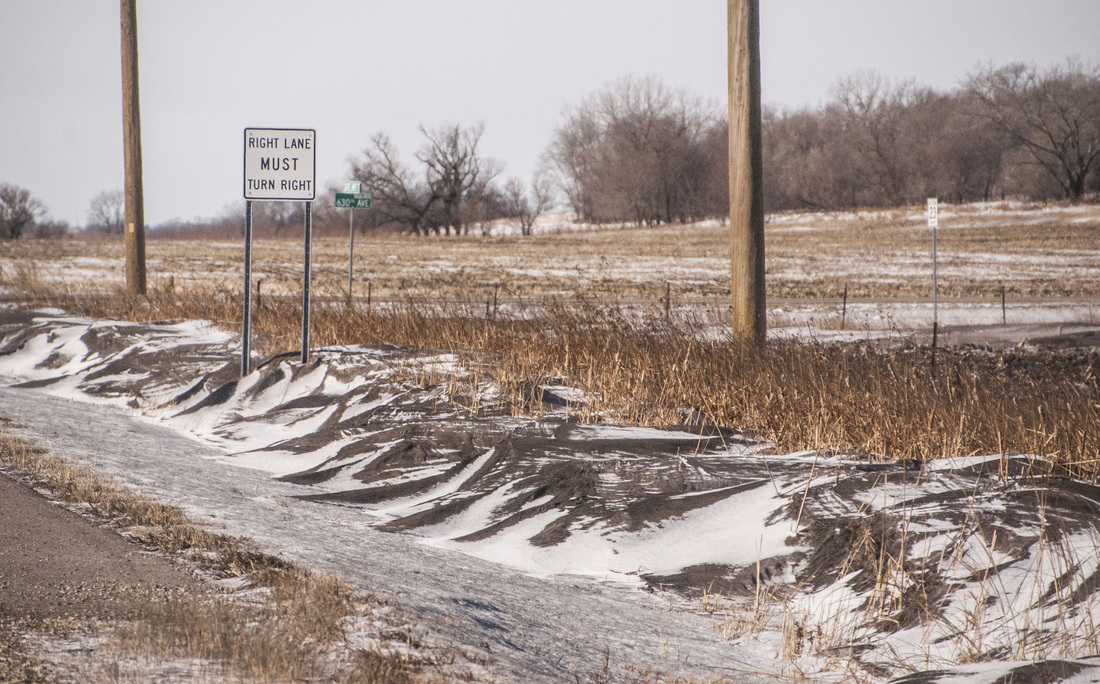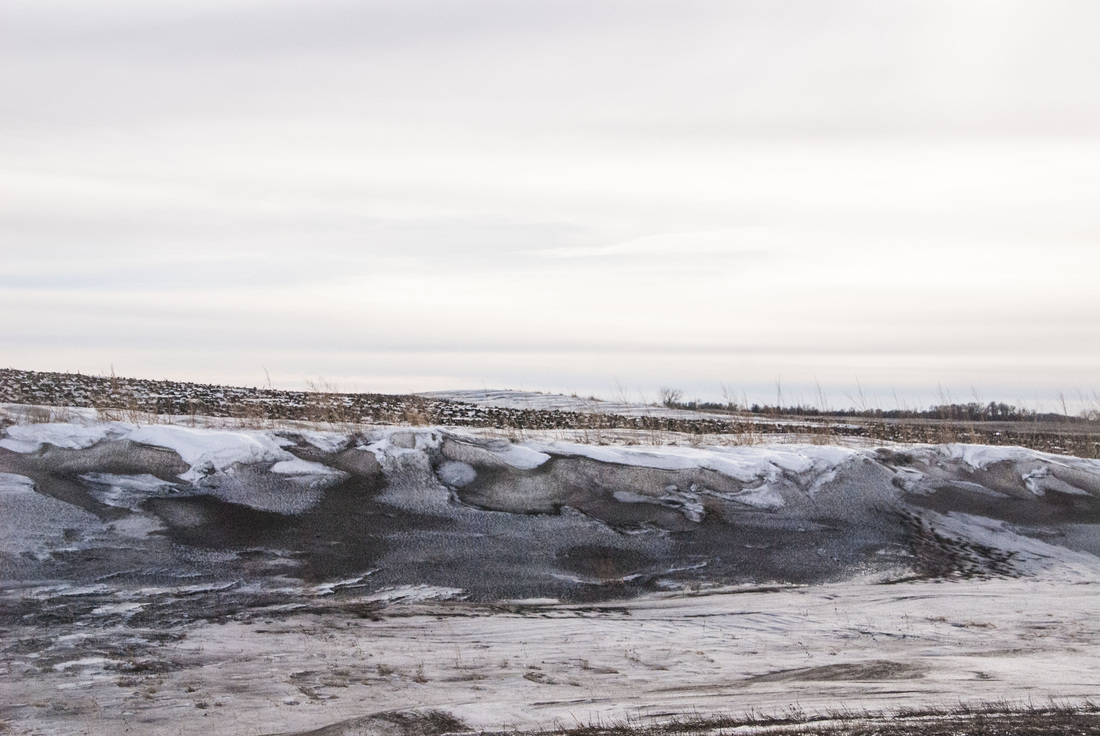|
A drive through local Farm Country this winter is a revelatory experience. Revelatory in that the impacts of planting the landscape to monocultures of corn and soybeans and plowing the ground black as soon after harvest as possible are there for all to see. The revealer? All that "snirt" one sees in road ditches across the region. January snowdrifts stained with eroded soil reveal June sins committed against the land. "Snirt"—a mash-up of the words "snow" and "dirt"—is leaving a grayish stain on the edges of farm fields across the Midwest. Its presence is a tell-tale sign that a field's soil had no ground cover going into the winter, not even a little corn stubble. It's also a sign that the soil is so biologically degraded that it cannot resist being blown about by even relatively minor wind events. No-till practices by farmers can significantly reduce the amount of soil loss during the winter. Pheasants Forever is a strong promoter of no-till practices because the provide winter food for upland wildlife. They also can significantly reduce topsoil erosion and protect the biological diversity of soils. ..
0 Comments
Leave a Reply. |
AuthorJason Ludwigson: President Winona/Root River Pheasants Forever Chapter 3242 Archives
January 2016
Categories |



 RSS Feed
RSS Feed
